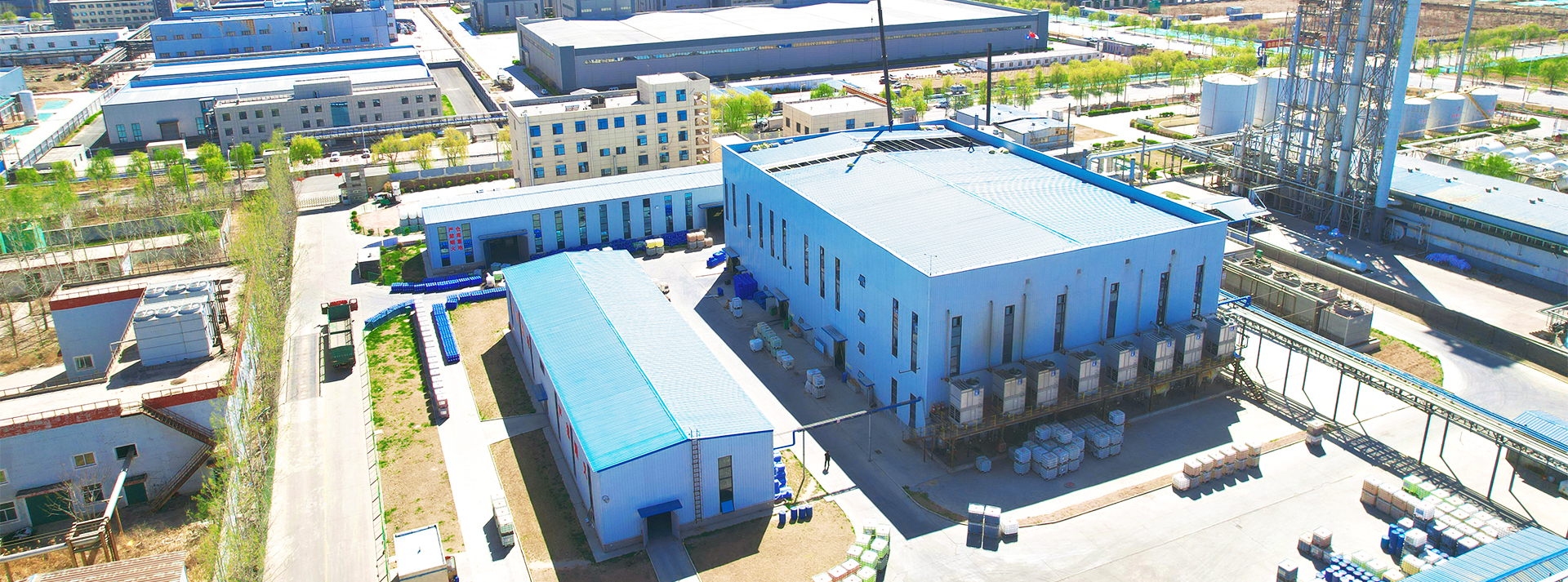Coagulation and Flocculation
Coagulation and flocculation are essential processes in water treatment, particularly in the removal of suspended solids, colloids, and various impurities from water sources. These processes play a pivotal role in ensuring the availability of clean and safe drinking water, as well as in the treatment of wastewater. Understanding the mechanisms and applications of coagulation and flocculation helps elucidate their significance in environmental engineering and public health.
Coagulation is the first step in the treatment process. It involves the addition of coagulants, which are chemical agents that destabilize the suspended particles in water. Common coagulants include aluminum sulfate (alum), ferric chloride, and polyaluminum chloride. These compounds, when added to water, neutralize the electrostatic charges on particles, allowing them to aggregate and form larger clusters, known as flocs. The effectiveness of coagulation depends on various factors, including pH, temperature, and the specific characteristics of the water being treated.
Following coagulation, the flocculation process begins. During flocculation, gentle mixing is applied to the water, promoting the growth of these larger flocs through the collision and adhesion of smaller particles. This process is often facilitated by the addition of flocculants, which are substances that further enhance the aggregation of particles. Flocculants can be natural or synthetic, including starches, polyacrylamides, and other organic polymers. The design of the flocculation stage is crucial, as the mixing energy and duration must be carefully controlled to optimize floc formation without breaking apart the flocs that are already formed.
coagulation flocculation

Once flocculation is complete, the next step typically involves sedimentation or flotation, where the flocs settle to the bottom of a treatment tank, allowing clearer water to be separated from the solid particles. This step significantly reduces the turbidity of the water. The resulting clear water can then undergo additional treatment processes, such as filtration and disinfection, to ensure its safety for consumption.
The importance of coagulation and flocculation extends beyond drinking water treatment
. These processes are also critical in industrial applications, such as paper manufacturing, food processing, and chemical production, where the control of solid particulates is essential for product quality and efficiency.In summary, coagulation and flocculation are vital techniques in water treatment and various industrial processes. By understanding the principles governing these methods, water treatment professionals can enhance the effectiveness of the processes, ultimately contributing to global efforts in providing clean water and protecting public health. As populations grow and water resources become increasingly stressed, the optimization of these processes will remain a fundamental focus in ensuring sustainable water management for the future.
-
Water Treatment with Flocculant Water TreatmentNewsJun.12,2025
-
Polymaleic AnhydrideNewsJun.12,2025
-
Polyaspartic AcidNewsJun.12,2025
-
Enhance Industrial Processes with IsothiazolinonesNewsJun.12,2025
-
Enhance Industrial Processes with PBTCA SolutionsNewsJun.12,2025
-
Dodecyldimethylbenzylammonium Chloride SolutionsNewsJun.12,2025





